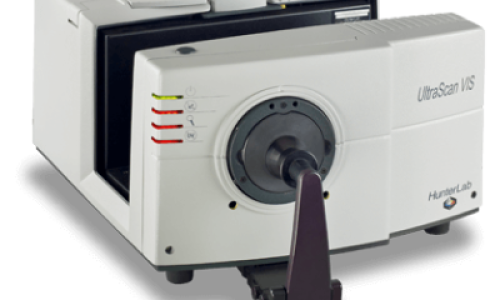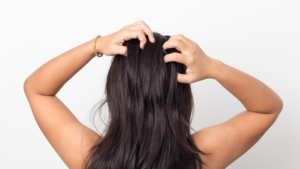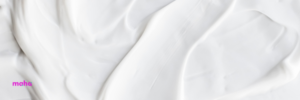Light beers, especially those with yellow or gold hues (as opposed to amber or brown tones), demand greater clarity compared to their darker counterparts. While amber ales and stouts may embrace a certain haziness or opacity, the appeal of yellow beer often lies in its crystal-clear appearance. Achieving this clarity involves specific brewing techniques, typically placing light yellow beer around a 3 on the Lovibond unit scale, occasionally even as low as 1.
To attain this measurement, the brewing process must be meticulous. This includes maintaining a lower pH in the water used compared to brewing darker beer. Breweries must also reduce the steep and kettle boil times during the mash to achieve the desired light color and opacity. Furthermore, brewers crafting pale yellow beer must employ filtration methods during fermentation to eliminate proteinous matter, ensuring a clear and non-turbid appearance, which, in turn, enhances the beer’s perceived lightness to the human eye.
Discerning beer critics and consumers actively seek the clearest yellow beers, as it signifies that the brewery has adhered to these meticulous steps, demonstrating a commitment to the brewing process. Breweries successfully producing a translucent final batch are perceived as of higher quality by discerning drinkers compared to those with hazier products.







